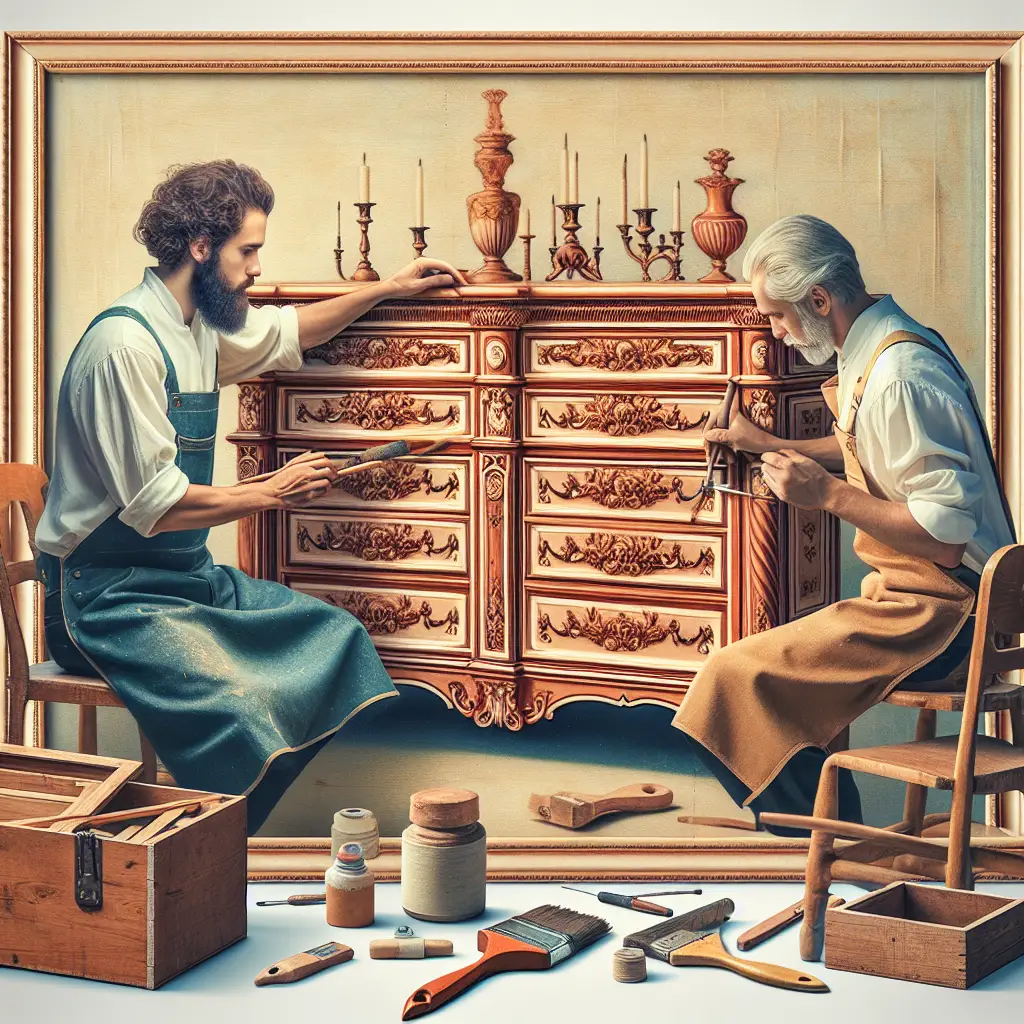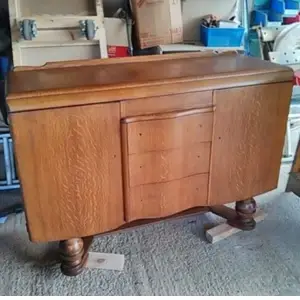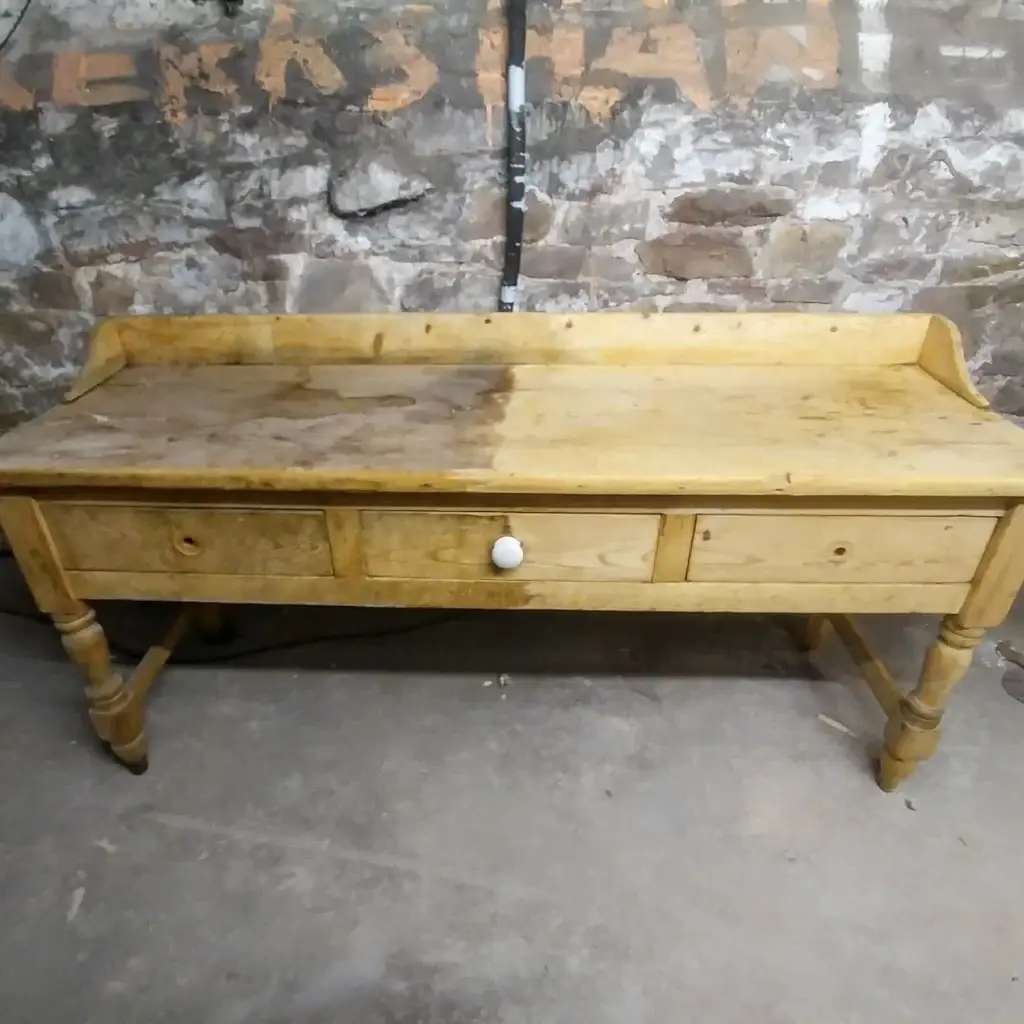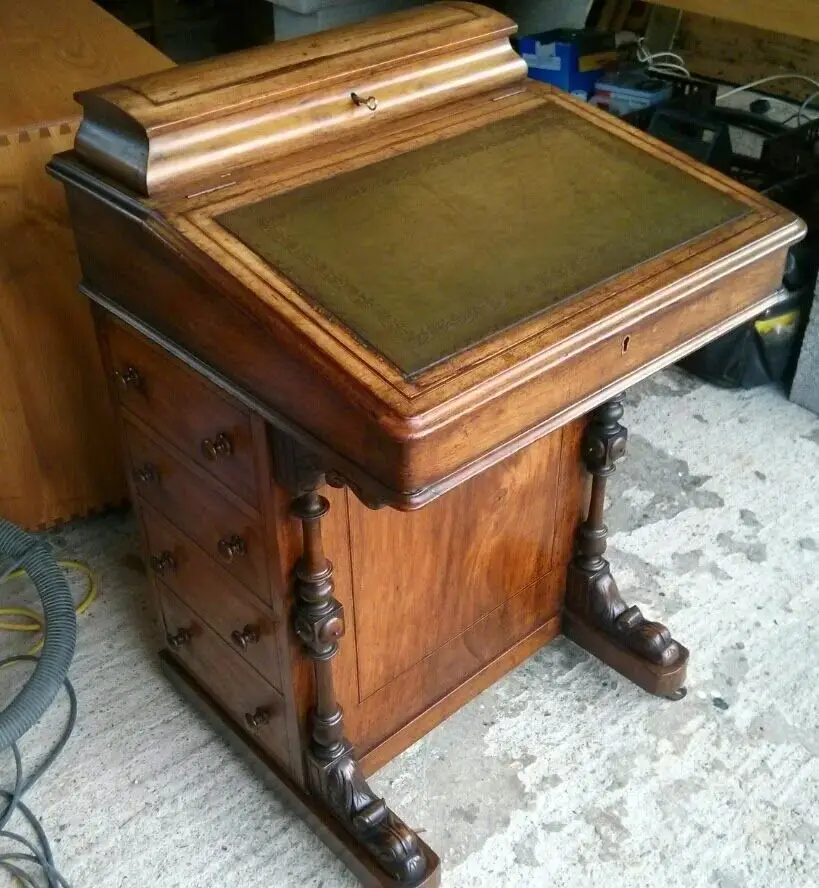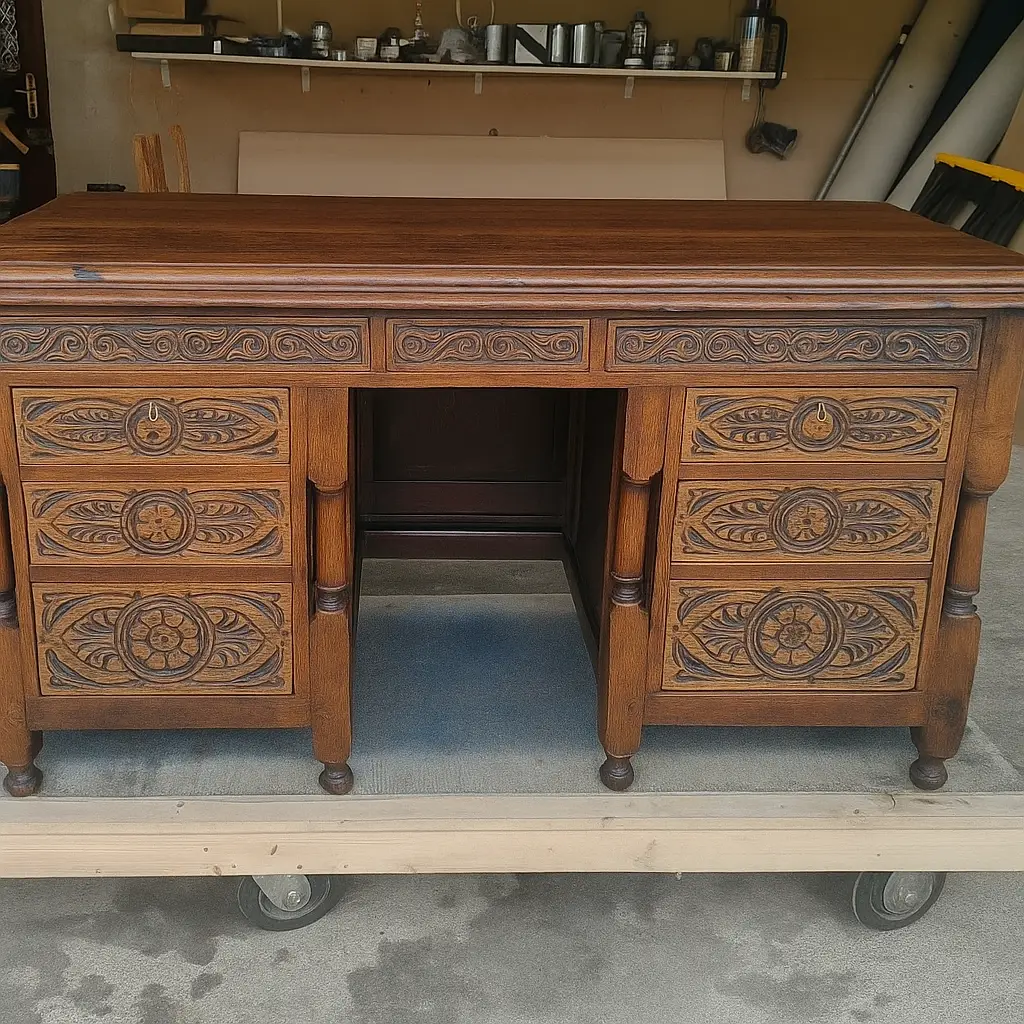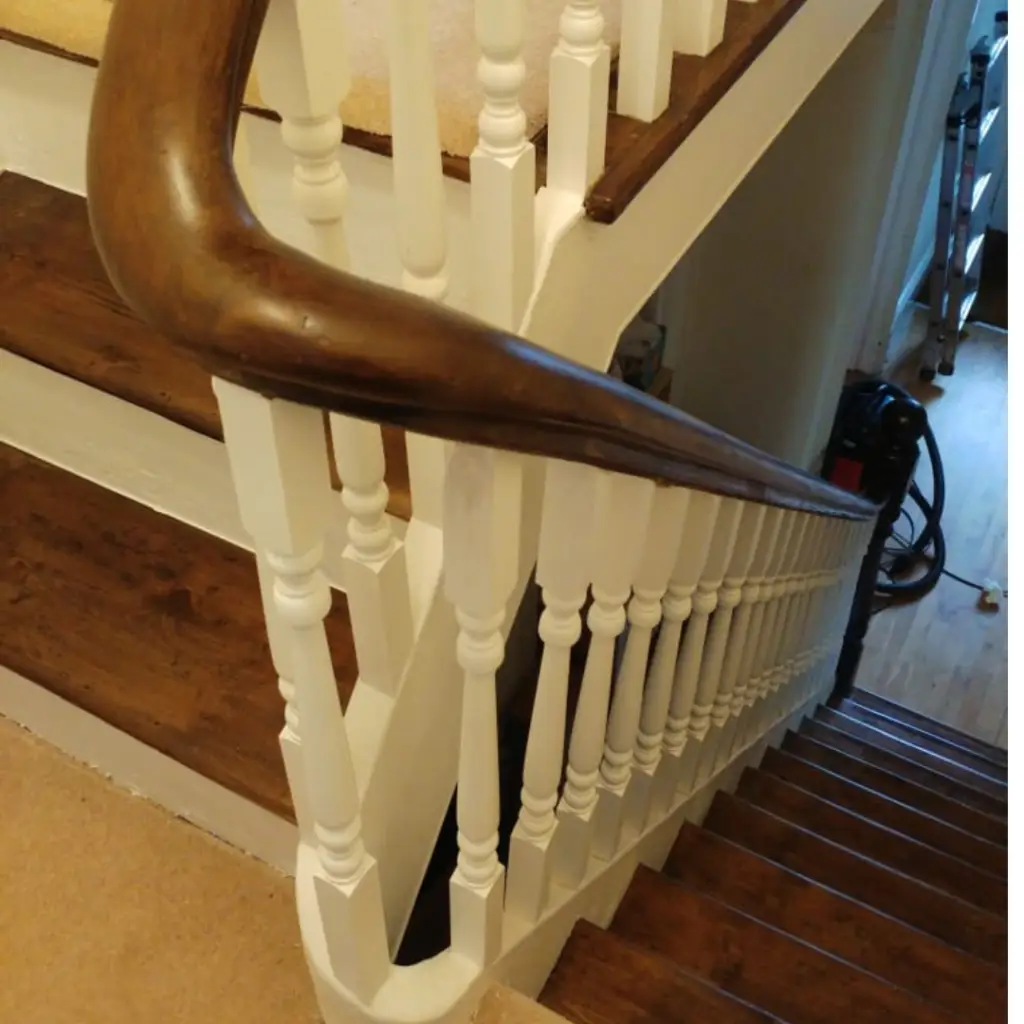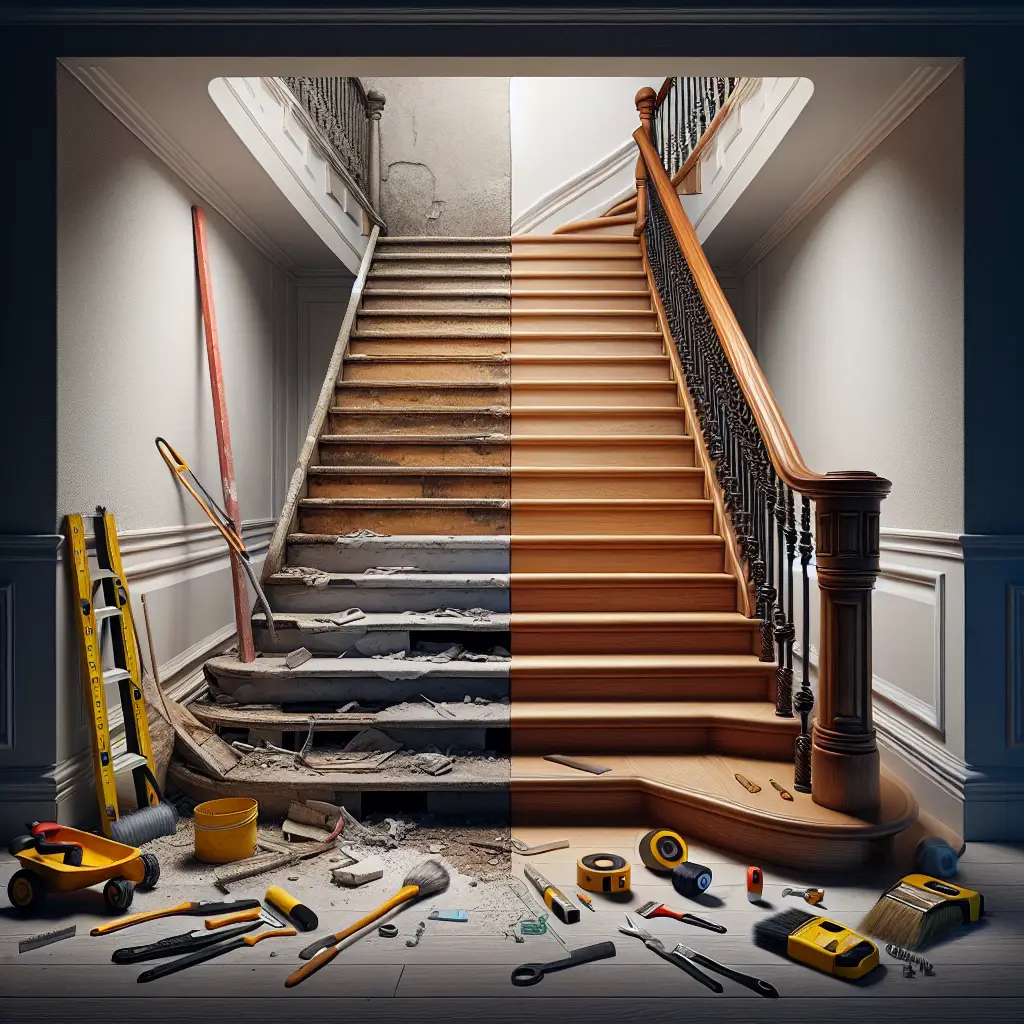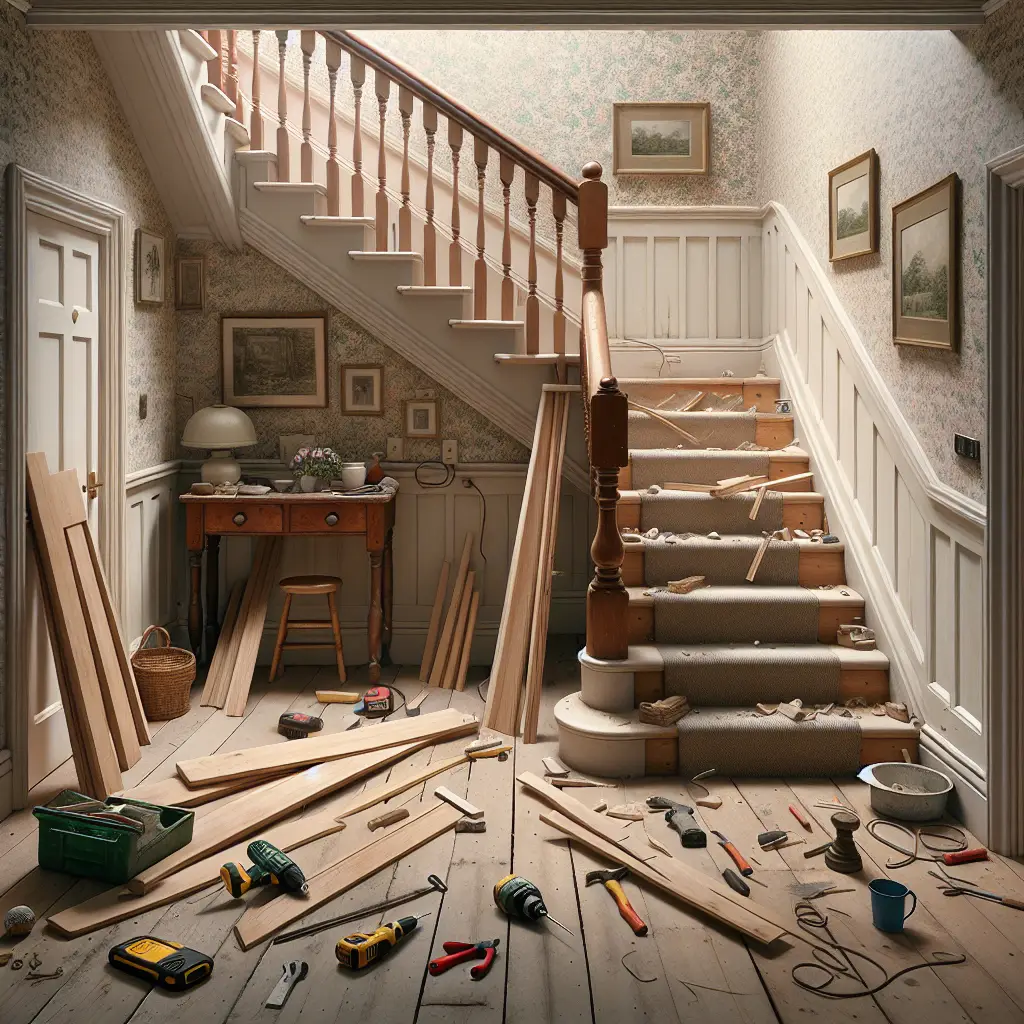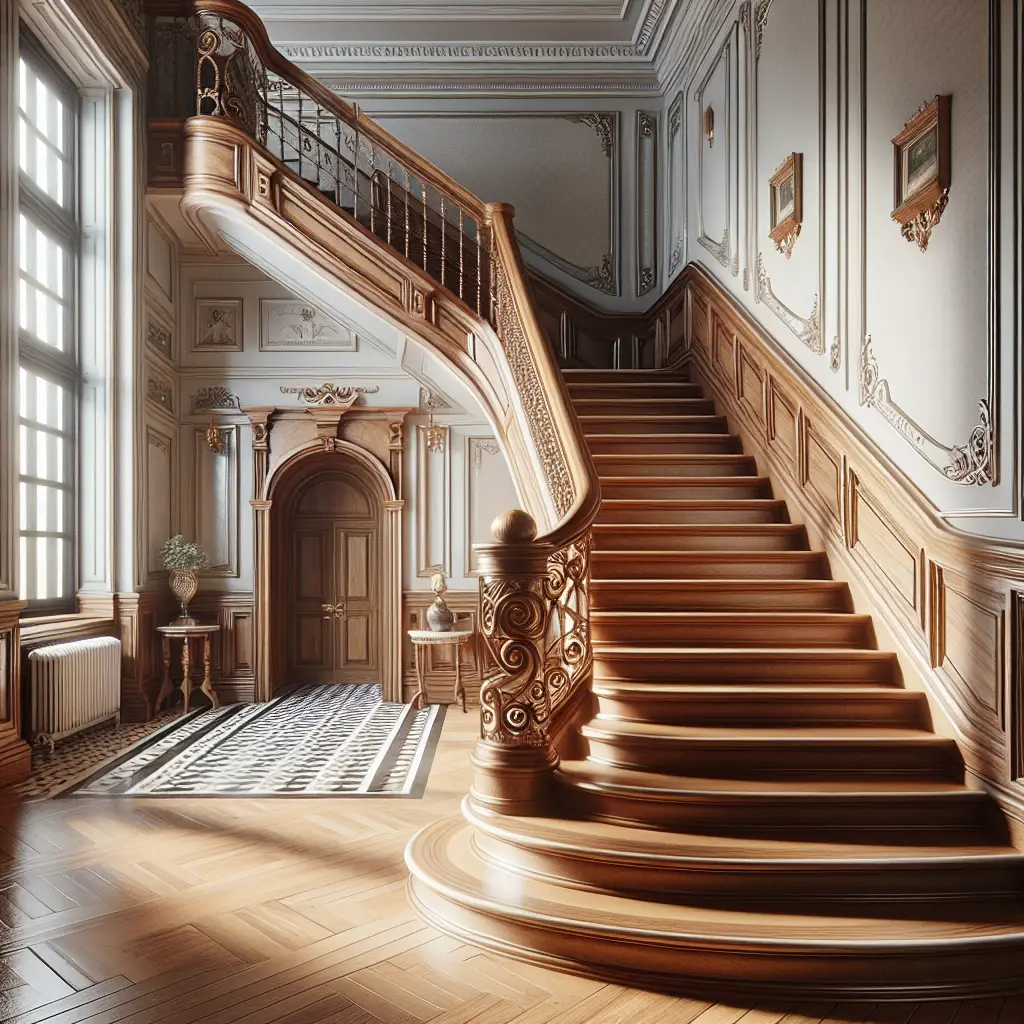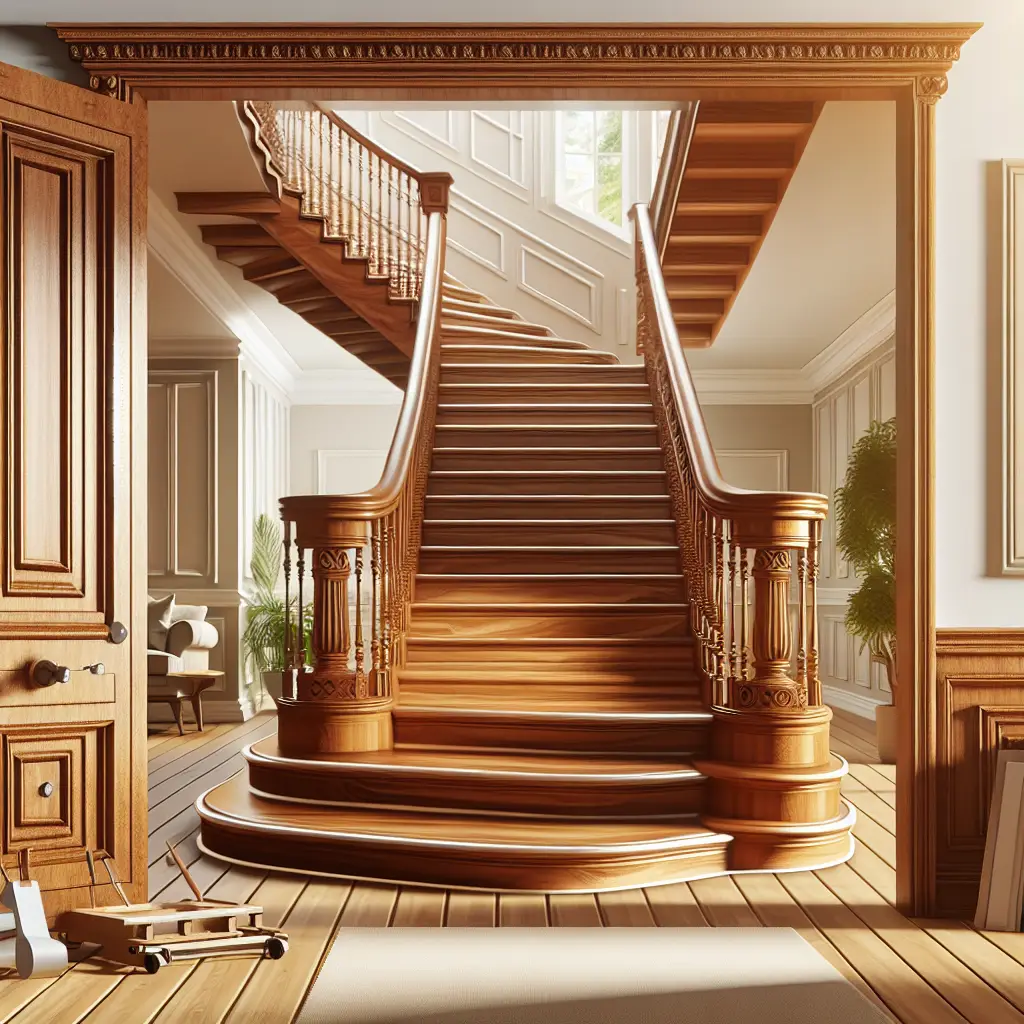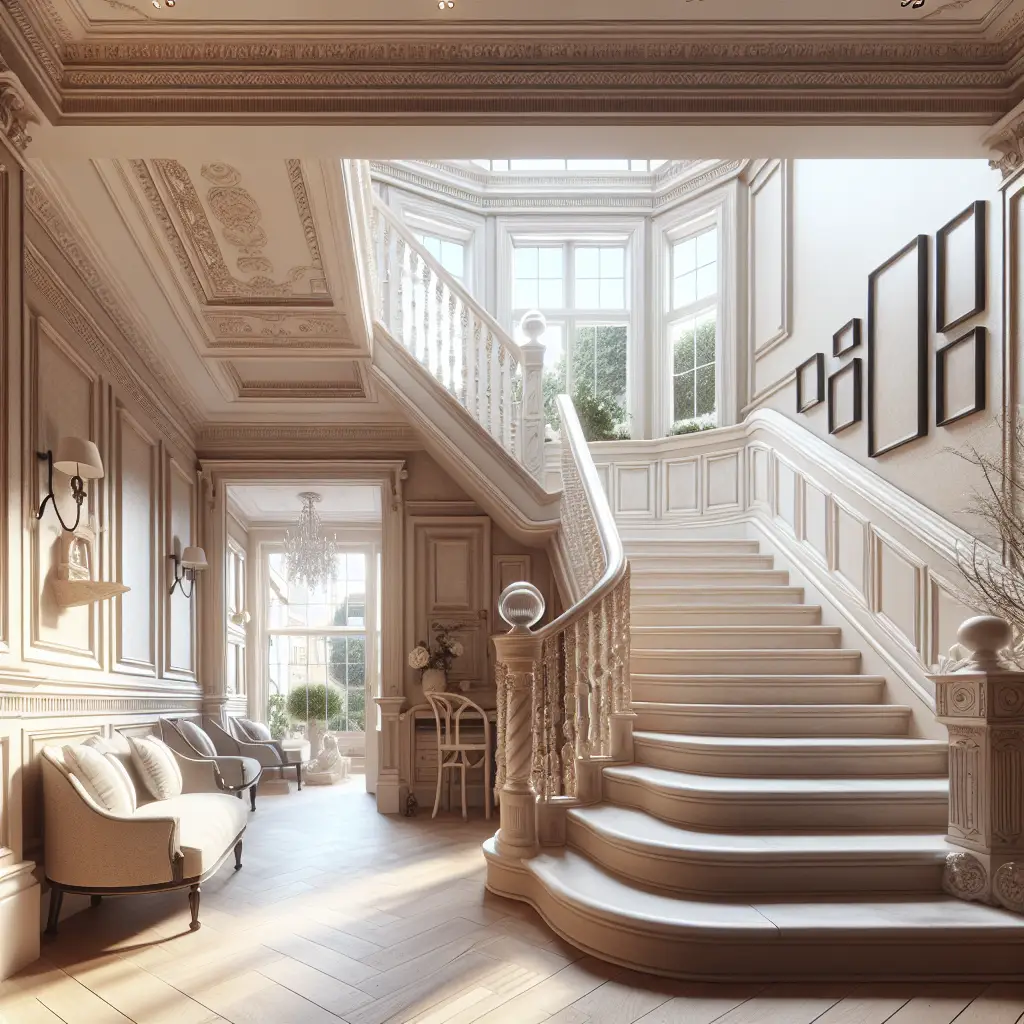Preserving the Timelessness of Antique Furniture: A Comprehensive Guide
Preserving antique furniture is not simply about repair or restoration; it is a meticulous craft aimed at maintaining a piece’s historical value, authenticity, and charm. When embarking on the journey of restoring such treasured artefacts, preserving their original features is crucial. This article delves into the significance and methods of ensuring these original elements remain intact, providing a guide for both enthusiasts and professionals in the field of antique furniture restoration.
Research and Documentation
Before lifting a finger to sand or polish, thorough research is the foundation of successful antique furniture restoration. This begins with understanding the piece’s historical context, which may include the era it was crafted in, its original design, and the materials utilised. Documenting the furniture’s provenance, alongside any previous repairs or modifications, is indispensable for maintaining authenticity. Such documentation ensures that any work done respects the furniture’s history, allowing restorers to tread carefully with each step.
- Historical Context: Identify the time period and style relevant to the piece.
- Original Design: Recognise the design characteristics typical of the piece’s era.
- Materials Used: Determine the type of wood, upholstery or hardware originally used.
Assessment of Originality
An in-depth assessment of the furniture’s originality is essential. This involves identifying distinguishing features that contribute significantly to its authenticity and historical value. For antique furniture, characteristics such as unique joinery and original hardware, like brass handles or hinges, tell a story of the craftsmanship of the past.
- Unique Joinery: Look for dovetail or mortise-and-tenon joints.
- Original Hardware: Identify any original brass or wrought iron pieces.
- Surface Finishes: Examine the patina and finish to ensure they date back to the time of creation.
Conservation vs. Restoration
One of the fundamental decisions in the process is choosing between conservation and restoration. Conservation aims to preserve the current condition of the piece, addressing structural issues and stabilising it. Restoration, on the other hand, is more extensive, focusing on returning the furniture to its original appearance. Balancing these approaches is essential for maintaining the piece’s value.
- Conservation: Focus on structural stability and prevent further deterioration.
- Restoration: Revive the aesthetic elements to reflect the piece’s original state.
Minimal Intervention Approach
Central to antique furniture restoration is the philosophy of minimal intervention. This means making necessary repairs without overstepping into altering the original character of the piece. The goal is to enhance its beauty while respecting its historical integrity. This approach also ensures that any changes made are reversible, permitting future conservators to undo them if necessary.
Preserving Hardware and Finishes
Whenever possible, original hardware and finishes should be preserved, as they are key to the piece’s historical significance. If replacements are indispensable, choose alternatives that closely mirror the original’s style and period. When maintaining the piece’s original finish, use historically accurate techniques and materials such as shellac, varnish, or wax, applying them with care to achieve an authentic appearance.
Patina and Wear
The natural patina that develops over time adds a desirable character to antique furniture, contributing to its charm and value. Efforts should be made to preserve this patina, as aggressive cleaning or refinishing may diminish the piece’s worth. Gentle cleaning methods and the avoidance of harsh chemicals are critical for maintaining the patina.
Repairing Structural Issues
Addressing structural issues like loose joints, cracks, or missing components requires traditional joinery methods and materials that match the original construction. Employing reversible repair techniques ensures future modifications can be undone if needed. Wood glue and clamps can stabilise and secure parts during the drying process.
Surface Preparation and Finishing
Refinishing a piece may be necessary at times, but it must be approached with care. Use gentle methods to strip old finishes, ensuring the wood remains unharmed. Sand surfaces evenly and follow with a appropriate finish that compliments the piece’s original aesthetic. A final protective coat can safeguard against moisture and wear, ensuring longevity.
Professional Guidance
Restoration can be a complex and intricate process, particularly for antique pieces with significant historical value. Engaging a qualified professional, such as those at Simons Staircase & Furniture Restoration, ensures that the restoration process respects the piece’s craftsmanship. Their expertise prevents unintentional damage and ensures alignment with preservation principles.
| Element | Details |
|---|---|
| Original Features | Unique joinery, original hardware, patina, original finishes |
| Key Methods | Minimal intervention, reversible repairs, traditional joinery |
| Materials Used | Historically accurate materials (e.g., shellac, wax, original wood pieces) |
| Professional Services | Simons Staircase & Furniture Restoration, other qualified UK restoration professionals |
| Considerations | Historical context, provenance, authenticity |
FAQs
Why is it important to preserve the original features of antique furniture?
Preserving the original features of antique furniture is crucial as it maintains the piece’s historical and monetary value. The unique character and charm that define such pieces are precisely what collectors and enthusiasts cherish. Preserving these elements also honours the craftsmanship of the artisans who created the furniture.
What are the differences between conservation and restoration?
Conservation focuses on maintaining and stabilising the existing condition of a piece, preventing further deterioration. Restoration seeks to return the furniture to its original aesthetic state, potentially involving more extensive work. Striking a balance between these two approaches ensures the piece retains its value and historical integrity.
How can I ensure any restoration work remains reversible?
Using reversible repair techniques is essential for future-proofing restoration work. This involves using methods and materials that can be undone if needed, such as traditional joinery techniques or specific types of wood glue that can be easily removed or altered without damaging the piece.
In summary, antique furniture restoration demands a thorough understanding of historical context, careful assessment of originality, and a commitment to preserving authenticity through minimal intervention. By prioritising the conservation of original elements like hardware, finishes, and patina, and using historically accurate methods, restorers can maintain the piece’s historical integrity. This not only heightens its aesthetic allure but also pays homage to the legacy of skilled craftsmanship from the past. Whether you’re an avid collector or a professional restorer, taking these steps will ensure that your treasured antique furniture pieces continue to tell their unique stories for generations to come.
Restoration enthusiasts may explore Simons Staircase & Furniture Restoration for professional assistance, ensuring these valuable artefacts are treated with the respect and care they deserve.

